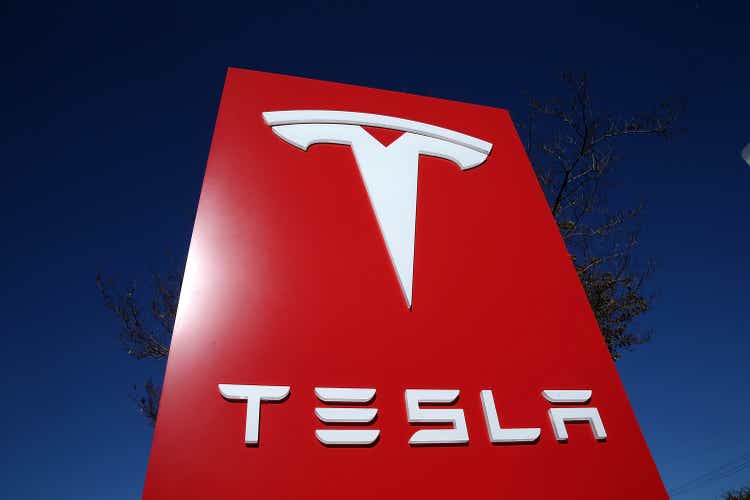
Following the recent post-earnings analyses on Tesla (NASDAQ:TSLA), an interesting perspective has been voiced by Deepwater Asset Management’s Gene Munster and Brian Barker. They suggest that Tesla may be factoring in a “notable” slowdown in unit volume growth due to the Osborne Effect.
The concept of the Osborne Effect refers to the phenomenon where customers defer or cancel orders for existing products upon learning about a potential future product release that may outshine the current offerings. It is essentially a form of sales cannibalization caused by a company’s product strategy.
According to Munster, Tesla’s revelation of an upcoming lower-priced vehicle in the range of $25-30K has prompted the company to adjust its growth outlook for 2024 in anticipation of the potential impact on Model 3 demand. Notably, Tesla’s outlook did not provide detailed information on gross margin, Opex, or CapEx expectations, leaving analysts and investors with uncertainties. Munster remains optimistic about Tesla’s growth prospects in the latter part of 2025 but warns of potential near-term challenges in delivery targets and share price performance.
“Coming into the quarterly report, consensus expectations were for 19% growth this year, in line with last year. After a day of analysts’ revisions, the Street now expects about 13% top line growth in 2024. My sense is growth this year will finish at 10%, suggesting there is still some downside to current estimates; as the first quarter progresses, those estimates will drift lower and by mid-year sell side model growth rates will be right-sized.”
Presently, the market consensus for Tesla’s 2024 revenue stands at $110.5B with an EPS of $3.26. For 2025, the estimates are for revenue of $137.8B and EPS of $4.54. Looking further ahead, Munster anticipates a growth rate close to 30% in 2026, with margin rates returning to over 20%, positioning Tesla favorably on the earnings front.